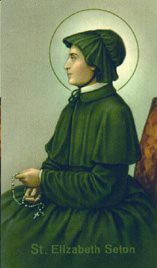 When Jesus had been baptized, just as He came up from the water, suddenly the heavens were opened to Him and He saw the Spirit of God descending like a dove and alighting on Him and a Voice from Heaven said, “This is My Son, the Beloved, with whom I am well pleased.” –Matthew 3:16-17 (NRSVCE)
When Jesus had been baptized, just as He came up from the water, suddenly the heavens were opened to Him and He saw the Spirit of God descending like a dove and alighting on Him and a Voice from Heaven said, “This is My Son, the Beloved, with whom I am well pleased.” –Matthew 3:16-17 (NRSVCE)
Image Courtesy: EWTN
The Servant, A Light to the Nations
Here is My Servant, whom I uphold, My chosen, in whom My soul delights; I have put My Spirit upon Him, He will bring forth justice to the nations. He will not cry or lift up His voice or make it heard on the street; a bruised reed He will not break and a dimly burning wick He will not quench; He will faithfully bring forth justice. He will not grow faint or be crushed until He has established justice in the earth and the coastlands wait for His teaching.
Thus says God, the Lord, who created the heavens and stretched them out, who spread out the earth and what comes from it, who gives breath to the people upon it and spirit to those who walk in it:
I am the Lord, I have called you righteousness, I have taken you by the hand and kept you; I have given you as a Covenant to the people a light to the nations, to open the eyes that are blind, to bring out the prisoners from the dungeon, from the prison those who sit in darkness.
I am the Lord, that is My Name; My glory I give to no other, nor my praise to idols. See the former things have come to pass and new things I now declare; Before they spring forth, I tell you of them. –Isaiah 42:1-9
The Proclamation of John the Baptist
John the Baptist appeared in the wilderness of Judea, proclaiming, ‘Repent, for the Kingdom of Heaven has come near.’ This is the One whom the Prophet Isaiah spoke when he said,
‘The voice of one crying out in the wilderness:
Prepare the way of the Lord,
make His paths straight.’ (Isaiah 40:3)Now John wore clothing of camel’s hair with a leather belt around his waist and his food was locust’s and wild honey. Then the people of Jerusalem all all Judea were going out to him and all the region along the Jordan, they were baptized by him in the River Jordan, confessing their sins.
When he saw many Pharisees and Sadducees coming for baptism, he said to them, ‘You brood of vipers! Who warned you to flee from the wrath to come? Bear fruit worthy of repentance. Do not presume to say to yourselves, ‘We have Abraham as our ancestor’; For I tell you, God is able from these stones to raise up children to Abraham. Even now the ax is lying at the root of the trees; Every tree therefore that does not bear good fruit is cut down and thrown into the fire.
I baptize you with water for repentance but One who is more powerful than I is coming after me; I am not worthy to carry His sandals. He will baptize you with the Holy Spirit and fire. His winnowing fork is in His hand and He will clear His threshing floor and will gather His wheat into the granary nut the chaff He will burn with unquenchable fire.’
The Baptism of Jesus
Then Jesus came from Galilee to John at the River Jordan to be baptized by him. John would have prevented him saying, ‘I need to be baptized by You and do You come to me?’
Jesus answered him, “Let it be so now; For it is proper for us in this way to fulfill all righteousness.”
Then John consented and when Jesus had been baptized, just as He came up from the water, suddenly the heavens were opened to Him and He saw the Spirit of God descending like a dove and alighting on Him and a Voice from Heaven said, “This is My Son, the Beloved with whom I am well pleased.” –Matthew 3:1-17
Related: For Today’s Holy Scripture Readings Readings and More, Visit: -USCCB
Jesus Gives Us the Glorious Gift of Baptism -Msgr. Charles Pope
Baptism Makes Us Son and Daughters of the Father -Deacon Omar Gutierrez, Natl Catholic Register
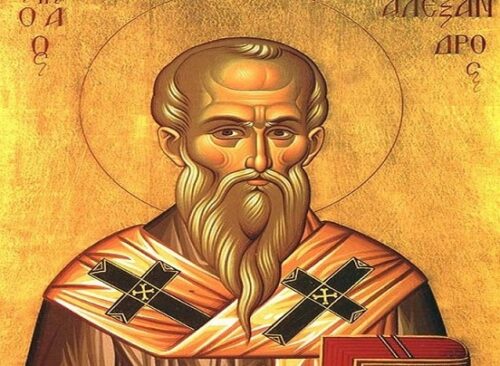
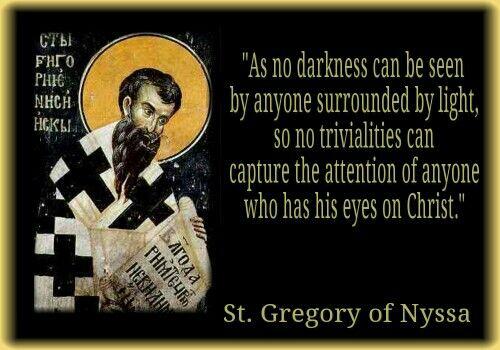 St. Gregory of Nyssa (330-395)
St. Gregory of Nyssa (330-395)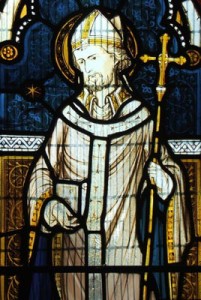
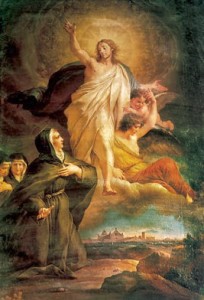

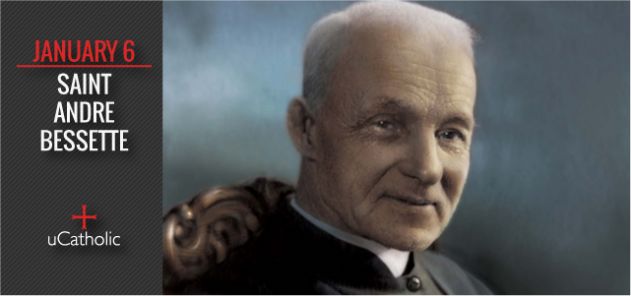 St. Andre Bessette (1845-1937)
St. Andre Bessette (1845-1937) St. John Neumann
St. John Neumann